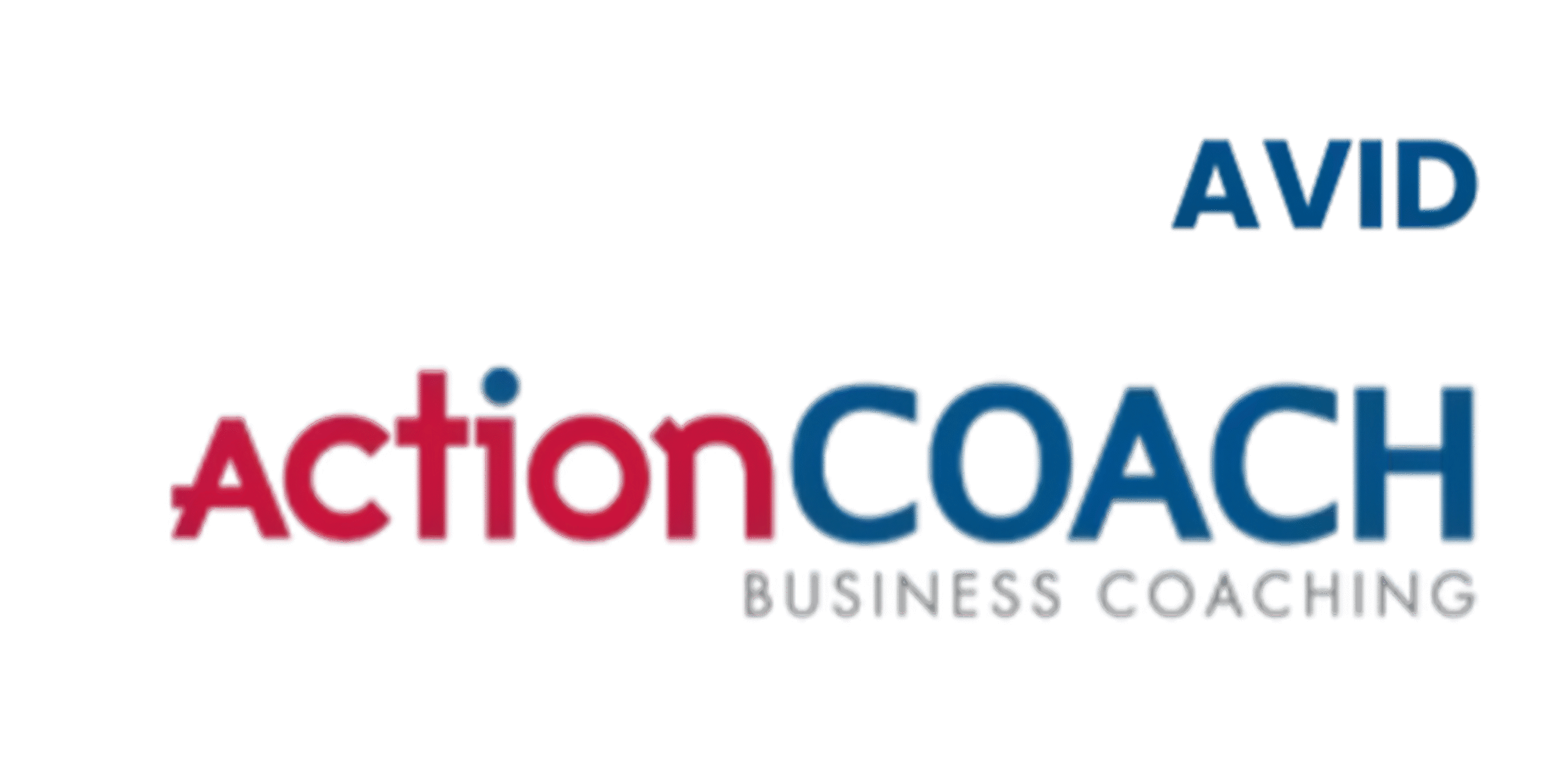Organizational change is a constant in today’s business environment. Whether you’re implementing a new strategy, merging with another company, or undergoing a digital transformation, change is inevitable. But as necessary as change may be for growth, it often triggers anxiety and uncertainty within your team. Employees may feel insecure about their roles, uncertain about the future, and sometimes consider leaving the organization altogether.
For leaders, the challenge is clear: How do you implement organizational change while keeping your top talent engaged and onboard? In times of transformation, retaining talent is critical to ensuring stability, continuity, and long-term success. By fostering trust, clear communication, and a culture of inclusion, you can not only mitigate the harmful effects of change but also turn it into an opportunity for growth and development.
This blog will provide a comprehensive guide on retaining top talent during organizational change, offering practical strategies that leaders can implement to maintain a strong and motivated workforce during times of transition.
Why Organizational Change Threatens Talent Retention
Organizational change, even when it’s positive, creates uncertainty for employees. When roles, teams, or structures shift, employees may fear for their job security, feel disconnected from the company’s mission, or experience stress about the future.
The main reasons employees consider leaving during organizational change include:
-
- Lack of Communication: If employees aren’t informed about the reasons for the change, they can feel left out or devalued. In the absence of clear communication, rumours and misinformation can spread, leading to anxiety and dissatisfaction.
- Uncertainty about Their Roles: Organizational change often comes with changes in roles, responsibilities, or reporting structures. Employees may worry that they’ll lose their position or be reassigned to a role that doesn’t align with their skills or career aspirations.
- Cultural Shift: Major organizational changes, such as mergers or leadership transitions, can alter the company’s culture. Employees who no longer feel aligned with the new culture may consider seeking opportunities elsewhere.
- Increased Workload or Stress: Change often brings new challenges, and employees may feel overwhelmed by increased workloads or shifting expectations, leading to burnout and turnover.
Understanding these concerns is the first step toward managing them effectively. The following strategies will help you retain talent during organizational change and create a work environment where employees feel valued and supported.
1. Communicate Transparently and Frequently
One of the biggest reasons employees feel uneasy during organizational change is a lack of communication. When employees don’t know the “why” behind the changes or how it will impact their roles, they may start to disengage or even consider leaving the company.
The antidote to uncertainty is clear, transparent communication. As a leader, it’s crucial to keep employees informed throughout every stage of the change process. Regular updates, honest discussions, and clear expectations will help ease fears and build trust.
Actionable Tip:
Develop a communication plan that includes regular updates about the change process. Be transparent about what is happening, why it’s necessary, and how it will impact the organization as a whole. Encourage employees to ask questions and voice concerns, and be open to addressing any uncertainties they may have.
2. Involve Employees in the Change Process
Another powerful way to retain talent during organizational change is to actively involve your employees in the process. When employees feel that they have a say in how the changes unfold or are involved in decision-making, they are more likely to feel valued and engaged. This sense of ownership can reduce feelings of powerlessness and help foster a smoother transition.
Actionable Tip:
Create cross-functional teams or task forces that allow employees to contribute to the change process. This could involve brainstorming solutions for specific challenges, providing feedback on new workflows, or even helping to define the company’s new direction. By including employees in the process, you not only empower them but also gain valuable insights from those on the front lines.
3. Reinforce Your Company’s Mission and Values
During times of change, it’s essential to remind employees of the bigger picture. Even as roles, processes, or leadership structures evolve, the company’s core mission and values should remain intact. Reinforcing these elements provides stability and reminds employees why they joined your organization in the first place.
When employees see that the company’s mission and values still align with their own, they’re more likely to stay engaged and committed.
Actionable Tip:
Host all-hands meetings or team gatherings where leadership can reiterate the company’s mission and values. Share how these foundational elements will guide the company through the changes and remain the bedrock of the organization’s culture. Highlight how employees can continue to contribute to the company’s success, even as things evolve.
4. Offer Career Development and Growth Opportunities
One of the best ways to retain employees during organizational change is to offer opportunities for professional development and career advancement. Change can bring new challenges, but it also presents opportunities for employees to grow and take on new roles.
By providing pathways for career growth, you give employees a reason to stay and invest in their future with the company. This is especially important during times of change when employees may fear that their opportunities for advancement are limited.
Actionable Tip:
Work with employees to create individual development plans (IDPs) that align their career goals with the company’s evolving needs. Provide training, mentorship, or upskilling opportunities to help them take on new challenges or transition into leadership roles. By investing in your employees’ long-term growth, you build loyalty and reduce turnover.
5. Recognize and Reward Resilience
Change can be difficult, and it often requires employees to go above and beyond their usual responsibilities. Recognizing and rewarding employees who demonstrate resilience, adaptability, and dedication during times of change is a powerful way to boost morale and show appreciation.
Even small gestures, such as public recognition, can make a big difference in showing employees that their efforts are noticed and valued. This kind of positive reinforcement encourages continued engagement and loyalty.
Actionable Tip:
Implement a recognition program that celebrates employees who have gone the extra mile during the organizational change. Whether it’s a shout-out in a company-wide meeting or a small reward, recognizing resilience fosters a culture of support and positivity during challenging times.
6. Provide Emotional and Mental Health Support
Organizational change can be stressful for employees, both emotionally and mentally. The uncertainty and added pressures can take a toll on their well-being, leading to burnout, disengagement, and, ultimately, turnover. Leaders who prioritize employee well-being during times of change demonstrate that they care about their team beyond just their performance.
Providing access to mental health resources, offering flexible work arrangements, and encouraging a healthy work-life balance are all ways to support employees during difficult transitions.
Actionable Tip:
Offer wellness programs or mental health resources, such as counseling services or stress management workshops, to help employees navigate the challenges of change. Additionally, consider implementing flexible work schedules or remote work options to give employees more control over their workload and reduce stress.
7. Address Fears Directly and Provide Job Security
Perhaps the most significant concern employees have during organizational change is job security. When changes occur, employees may worry that their roles will be eliminated, altered, or moved to other departments. Failing to address these concerns can lead to high turnover, as employees may start seeking new opportunities out of fear.
As a leader, it’s crucial to address these fears head-on and provide as much clarity as possible. Even if you can’t guarantee job security for every employee, offering transparency about future roles and responsibilities can alleviate anxiety and foster trust.
Actionable Tip:
Schedule one-on-one meetings with employees to address their concerns about job security. Provide clear information about how their roles may change, what the company’s plans are, and how they can prepare for the future. If job security is not guaranteed, offer support in finding new roles within the organization or resources for career transitions.
Final Thoughts
Organizational change doesn’t have to lead to high turnover. Leaders can successfully navigate change while retaining top talent by fostering open communication, involving employees in the process, and providing opportunities for growth and support. The key is to approach change with empathy, transparency, and a commitment to employee well-being. When employees feel valued and supported, they’re more likely to stay engaged and contribute to the organization’s long-term success.
Interested in learning more? Let’s set up a call today! If your organization is undergoing change and you want to ensure that you retain your top talent, I invite you to schedule a complimentary strategy session. Together, we’ll create a plan to navigate change smoothly, keep your team engaged, and drive your business forward with confidence.

